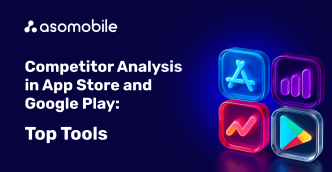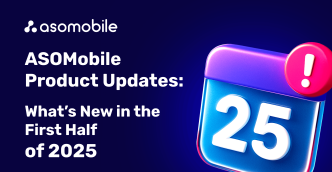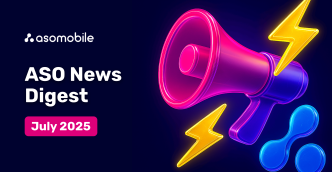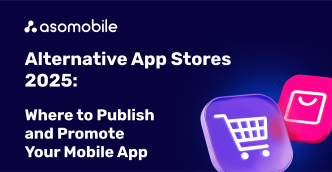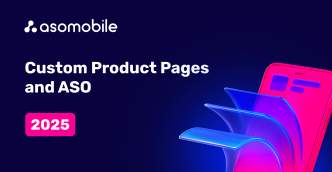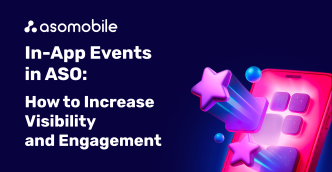Text Optimization for Google Play
Key features of text optimization for Android apps. Creating metadata for Google Play.
Google Play is the official app store of Google, where users can download and purchase apps, music, movies, books, and periodicals.
Text Optimization of Metadata for Google Play

Text optimization for Google Play involves working with the following fields (all of them are indexed):
- Title – This is the app's name. Keywords in the title have the greatest influence on the app’s visibility. The search terms included in the title should reflect the core purpose of the app. Since September 2021, the title length in Google Play is limited to 30 characters.
- Short Description – This section is used to grab the attention of visitors to the app page, so it’s advisable to use a call to action. This field is indexed and should be optimized with relevant search queries to improve app visibility. The short description has a limit of 80 characters in Google Play.
- Full Description – This explains the app's key functions and features, along with the benefits it offers users. Since the description is indexed, it's recommended to include keywords that help users find the app.The maximum description length is 4,000 characters, but the optimal length is around 2,500 characters.
Additional Factors That Influence Indexing on Google Play:
- Developer name
- User reviews
- Package ID
Key Tips for Working with Metadata:
- Title – Keep the name simple and concise, combining the brand name and keywords that reflect the app’s purpose. Use relevant, high-traffic search queries.
- Short Description – Complement the title with a logical continuation that includes relevant search terms.
- Full Description – This is a crucial part of text optimization for Google Play. Explain the app’s core functionality and mention its key features and benefits. Use keywords more than once, but no more than once per 250 characters to avoid keyword stuffing.
Checklist for Text Optimization for Google Play:
- Don’t use words like "best," "free," or "top" in the app title.
- Avoid using emojis in the app title.
- Don’t use ALL CAPS except for acronyms, abbreviations, or unique brand names.
- Avoid keyword stuffing – excessive use of keywords in the app description.
- Remember to localize metadata for different countries (auto-translation is not always accurate).
Additional Resources on Text Optimization for Android Apps:
- How to Optimize App Metadata for Google Play
- Complete Guide to ASO Optimization in 2024
- ASO Optimization for Google Play Apps: A Practical Case Study
- Promotional Content in Google Play 2024
Visual Optimization – what it is and which elements you will work with. Move on to the next lesson.
Create metadata for your app in ASOMobile – try it for free.
Recommended articles
Why competitor analysis is not an option, but a necessity. Competitor analysis in the mobile app world is the first…
Tatiana Odnorozhenko
14.08.2025
ASOMobile updates are setting the trend — because the mobile market doesn’t stand still.Store policies evolve, competition intensifies, and user…
Tatiana Odnorozhenko
06.08.2025
In this issue of ASO News for July 2025, we take a detailed look at key updates from the App…
Tatiana Odnorozhenko
02.08.2025
Did you know that App Store and Google Play are not the only places you can download an app, but…
Tatiana Odnorozhenko
28.07.2025
Custom Product Pages in the App Store are among the most powerful ASO tools for personalization and conversion growth in…
Tatiana Odnorozhenko
19.07.2025
In-App Events is a tool for ASO specialists and developers introduced by Apple back in 2021. With increasing competition in…
Tatiana Odnorozhenko
11.07.2025
Choosing between SEO and ASO is like standing in front of the fridge, wondering: take the cheese or the bread?…
Tatiana Odnorozhenko
07.07.2025
In this June 2025 edition of ASO News, we take a close look at key updates in the App Store…
Tatiana Odnorozhenko
01.07.2025
 Українська
Українська  Русский
Русский  Español
Español 